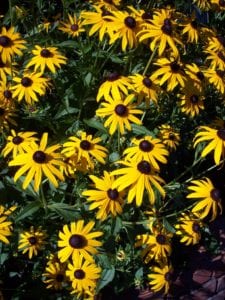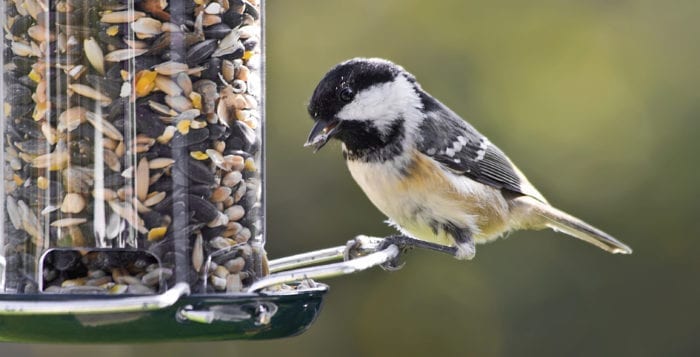By Ellen Barcel
Before the holidays I wrote a column on the Christmas Bird Count, a citizen-scientist effort to preserve and count birds, rather than hunt them as had been done in the 1800s. Now it’s time for the Great Backyard Bird Count.
Let the count begin
The GBBC will be held on Friday, Feb. 17, through Monday, Feb. 20. Billed as a “real time snapshot of where birds are,” the count helps not only the Audubon Society but the Cornell Lab of Ornithology as well. The GBBC organizers note that bird populations are in constant flux. Having people count birds in their backyard (or any location they select) does something that scientists can’t do since they are simply not enough to do the job. Last year, over 160,000 people took part in the count.
Participants count the birds they see for at least 15 minutes, or any length of time they chose and report their findings online. This makes the count a “real time” picture of what’s happening. The website for the count notes that some of the questions being studied are:
• How will the weather and climate change influence bird populations?
• Some birds, such as winter finches, appear in large numbers during some years but not others. Where are these species from year to year, and what can we learn from these patterns?
• How will the timing of birds’ migrations compare with past years?
• How are bird diseases, such as West Nile virus, affecting birds in different regions?
• What kinds of differences in bird diversity are apparent in cities versus suburban, rural, and natural areas?
You may be wondering why the GBBC takes place in February, notoriously the coldest month in the United States. The answer is that when the count first started 20 years ago, the goal was to check out the bird populations just before their spring migrations began, usually in March.
Getting started is easy. Go to www.birdcount.org and register. The website is very useful. There’s even a way online to help identify birds and details on a related photo contest. EBird, another program, is a way for Cornell Lab to keep track of bird populations throughout the entire year.
Attracting birds to the garden
Attracting birds to your garden in winter is easy. Just put out one or more bird feeders and keep them filled with seed. A heated water supply is nice, if you can manage it.

Attracting birds to the garden in late summer and autumn is just a matter of growing plants with seeds that the birds enjoy. Consider, for example, growing sunflowers. They’re beautiful annuals, come in a variety of colors and sizes, and the birds love the seeds in late summer and fall (and sometimes even into winter). Birds also enjoy all sorts of seeds, including the seeds of the black-eyed Susan (Rudbeckia), purple coneflowers (Echinacea purpurea), Liatris, Coreopsis, zinnias, marigolds, poppies and cosmos.
Note that virtually all of these flowers prefers a sunny location to grow to their full potential. Birds are also attracted by plants that produce fruit in the fall, such as the dogwood, elderberry, beautyberry and grape.
Another way to attract birds to the garden is to provide one or more birdhouses and to make sure that some brush and twigs, etc. are available in your yard for birds to use for nesting material. Keep a birdbath or two in the yard as well. Remember to change the water frequently so as not to provide a breeding place for mosquitoes.
So, as you plan next year’s garden, consider adding one or more of these flowers, which add not only lovely color to your garden but lots of nice food for the local birds. Since many birds eat insects as well as seed, attracting birds to the garden is an easy way to help keep those harmful insects in check.
Ellen Barcel is a freelance writer and master gardener. To reach Cornell Cooperative Extension and its Master Gardener program, call 631-727-7850.





